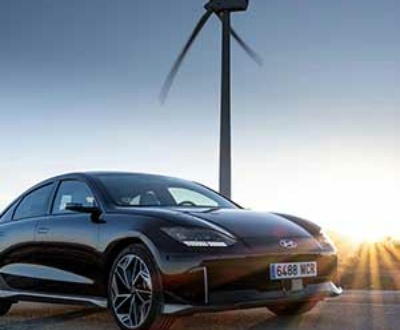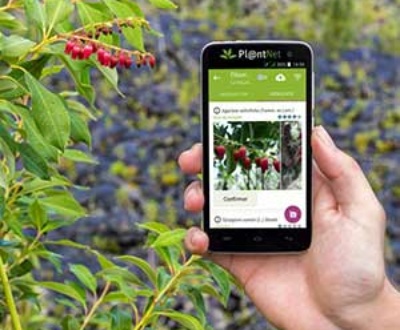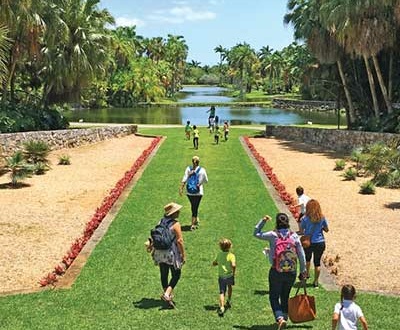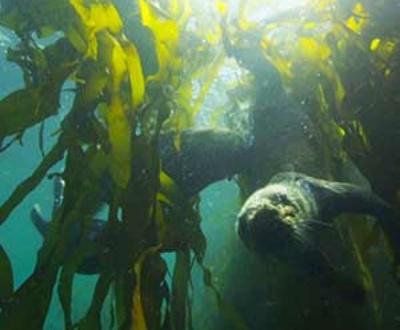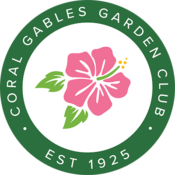WOW It’s sum sum sum summertime – and the living is good. It is a summer with beaches and boats and pools and cook outs. As in meeting people face to face not on zoom. It sure feels good after the last 12+ months of covid!!!
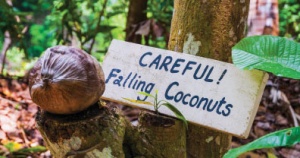 And this time of year, means mangos, lychees and coconuts in my yard. I have been feasting on mango smoothies for about three weeks and freezing more for later. Then there are the hot pink bougainvillea blooms hanging over my home office window.
And this time of year, means mangos, lychees and coconuts in my yard. I have been feasting on mango smoothies for about three weeks and freezing more for later. Then there are the hot pink bougainvillea blooms hanging over my home office window.
Did I mention that we live in paradise? BUT WE NEED TO TAKE CARE OF IT!!
The New Miami Dade County Fertilizer Ordinance
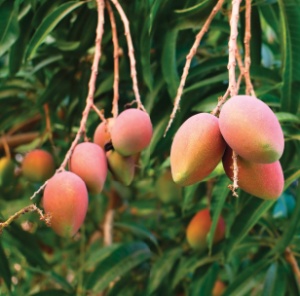 Remember that horrible algae bloom and all the dead fish in Biscayne Bay last summer? Well, it is caused by too much added nutrients in the water that gets into the bay. This causes the algae to bloom like crazy and as it dies it sucks the oxygen out of the water which kills the fish. As the slime covers the bay it cuts the amount of sunlight that reaches the bottom of the bay, and the sea grass starts dying…It’s really a negative feedback loop.
Remember that horrible algae bloom and all the dead fish in Biscayne Bay last summer? Well, it is caused by too much added nutrients in the water that gets into the bay. This causes the algae to bloom like crazy and as it dies it sucks the oxygen out of the water which kills the fish. As the slime covers the bay it cuts the amount of sunlight that reaches the bottom of the bay, and the sea grass starts dying…It’s really a negative feedback loop.
Well, the county got serious after that horror show and allocated $20,000,000 to start cleaning up the bay. That includes money to start dealing with aging sewer systems and septic tanks. They have also appointed a Chief Bay Officer.
But We The People Need To Do Our Part
Part of the excess nutrients getting into the bay comes from residents fertilizing their yards. You see fertilizers contain nitrogen and phosphorus. When this gets into the waterways it stimulates the growth of the algae. As of now these are the rules:
- Fertilizer with phosphorus is not allowed at any time of the year.
- Fertilizer can only be applied at least 15 away feet from any body of water
- Fertilizer with nitrogen should be at least 50% timed release and application cannot be more than four pounds of nitrogen per 1,000 feet AND
- NO FERTILIZING AT ALL JUNE-SEPTEMBER
Why the prohibition in summer? Well because this is our rainy season, we dwell on porous limestone rock and all that rain washes a lot of pollution into our waterways and the bay.
This problem can get worse if we do not all do our part. What is worse? Well worse is called “DEAD ZONES” and they, unfortunately, exist all over the world.
Coastal Dead Zones
“In May 2019, the Mississippi River dumped a daily average of more than 5,000 metric tons of nitrate and 800 metric tons of phosphorus into the Gulf of Mexico, the highest levels in the last 40 years. These excess nutrients from Midwest farm fertilizer and animal waste, are fueling toxic algae blooms and causing what’s become known as a dead zone of about 5,000 square miles” (Bloomberg 5/27/21).
The Baltic sea has become a dead zone because of nutrient pollution from fertilizer runoff from surrounding farms. In the 70’s it was teaming with cod, now it’s the world’s most polluted sea and of course the fish are gone. There is an outbreak of algae bloom off the coast of Turkey now in the sea of Marmara. “A thick, brown, bubbly foam dubbed “sea snot” has covered the shores of the Sea of Marmara, alarming residents in Istanbul and threatening sea life. It is blamed by experts on a combination of nutrient pollution and global warming, which speeds up the growth of algae responsible for the slimy sludge. Studies show that the mucilage is not only on the surface but also goes 80-100 feet deep” (The Guardian 6/6/21).
Dead zones are proliferating all over the globe. There are currently over 700 coastal area worldwide that are either dead zones or negatively impacted by runoff.
Folks We Have Met The Enemy And It Is Us!!!!
 Sir David Attenborough is at it again! The man is a 95-year-old miracle. His latest film also on Netflix is called, “Breaking Boundaries: The Science of Our Planet.” Scientists have determined that there are five big components that regulate the stability of our planet. NOT a good idea to be breaking out of a 10,000-year pattern.
Sir David Attenborough is at it again! The man is a 95-year-old miracle. His latest film also on Netflix is called, “Breaking Boundaries: The Science of Our Planet.” Scientists have determined that there are five big components that regulate the stability of our planet. NOT a good idea to be breaking out of a 10,000-year pattern.
The first of course is climate and global warming. For 10,000 years the planet’s temperature only varied up or down 1 degree. This stability allowed the development of agriculture and human civilization. Unfortunately, the industrial revolution and the use of fossil fuels has heated up the planet to the point where it has broken that boundary and is now 1.1 degree above its 10,000-year lower boundary. So now we are in the climate danger zone. Scientists estimate if we get to 1.5 degrees above the lower boundary the climate change will be irreversible… which is where the talk about getting to zero carbon emissions by 2050 comes from.
So climate is one boundary. The other boundaries are:
2) the configuration of the land. The amount of trees, grasslands etc.;
3) biodiversity, i.e. the number of different species and the quantity of each. We know that 30% of the insects are gone;
4) water and;
5) nutrients, which we just discussed.
PLEASE DO YOUR PART… We will talk about the other four in the future.
About the Author
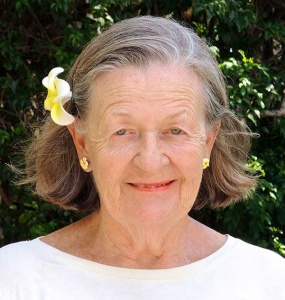
Linda Lawrence Waldron currently writes the Green Gables column in Gables Living Magazine. Linda was Chairman of the Garden Club's Coral Gables Library Butterfly Garden Committee.
Sign up here for email notifications about new Green Gables articles!
More from our blogs
See all postsRecent Posts
- April 2023 April 1, 2024
- Good News on Environmental Plastics February 1, 2024
- Material World / Plant World January 1, 2024
Leave a Comment cancel
This site uses Akismet to reduce spam. Learn how your comment data is processed.




